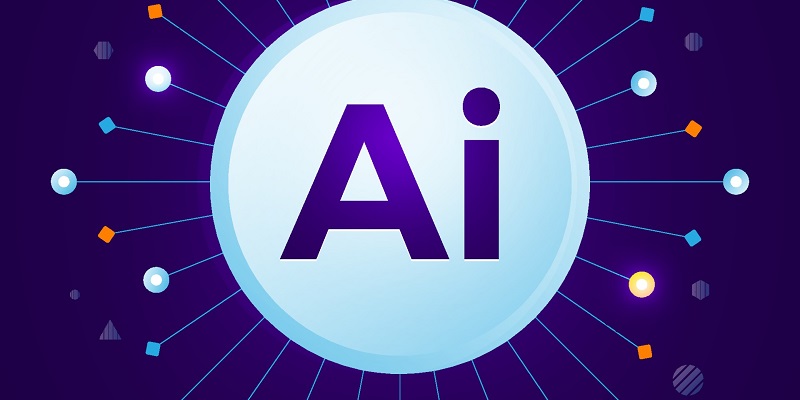Artificial Intelligence (AI) has evolved to the point where it can be used for a variety of applications, from healthcare to finance to education. However, despite its widespread adoption, AI is not without its challenges. In particular, data-related problems continue to be a significant threat to the effectiveness and reliability of AI algorithms. This article will explore the challenges of data-related problems in AI and present some solutions to address these issues.
The Danger of Data-Related Problems in AI
The quality of data is crucial for the effective functioning of AI algorithms. Incomplete, inaccurate, or biased data can adversely affect the accuracy and reliability of the AI models. Data-related issues can arise from various sources, such as data corruption, inadequate data labeling, or insufficient data cleaning. A recent example of this is the case of facial recognition software, which has been shown to be less accurate in identifying people with darker skin tones. This is due to the facial recognition databases being biased towards lighter-skinned individuals. To overcome this problem, it is necessary to have more robust data collection and processing methods.
GIGO: A Persistent Problem in Computing
The concept of Garbage in/Garbage out (GIGO) has been a persistent problem in computing since the dawn of computing. GIGO refers to the idea that the output of a computer program is only as good as the data that is input into it. This problem can be exacerbated in AI because AI algorithms are typically based on machine learning models. If the data used to train the machine learning model is biased or incomplete, then the output of the algorithm will be biased or incomplete as well.
The Cost of Poor Data Quality
The cost of poor data quality can be significant for organizations that rely on AI. Gartner estimates that poor data quality costs organizations an average of $12.9 million per year. This includes the costs of lost productivity, wasted resources, and missed opportunities. To reduce these costs, organizations need to invest in better data quality management practices.
Accessibility problems in current AI development practices
Current AI development practices can be difficult and time-consuming for data scientists and developers. Many developers use CPUs to develop and test their AI algorithms, but this can be slow. GPUs (Graphics Processing Units) can be up to 50 times faster than CPUs for end-to-end data science workflows. Using GPUs can significantly reduce the time it takes to train AI models.
Optimization of data loading and analytics
Optimizing data loading and analytics can reduce data movement time by up to 90%. Loading data from disk to memory is one of the most time-consuming steps of AI workflows. By using advanced data storage solutions, such as flash arrays or tiered storage, developers can streamline the data loading process.
The crucial role of storage I/O performance for AI
Storage I/O (Input/Output) performance is another critical factor in developing effective AI algorithms. The performance of Storage I/O can be improved by using faster storage devices, such as solid-state drives (SSDs) or non-volatile memory express (NVMe) devices. These devices can read and write data to disk much faster than traditional hard drives.
The Disastrous Impact of Traffic Congestion Between Storage and Compute
Traffic congestion between storage and compute can significantly affect AI performance. This congestion can occur when there is an excessive amount of data being transferred between storage devices and processors. To mitigate this issue, developers can use distributed file systems or parallel file systems to reduce traffic congestion.
InfiniBand networking for training at scale
High-bandwidth and low-latency networking, such as InfiniBand, are crucial to enabling training at scale. InfiniBand provides faster interconnectivity between nodes in a computer system and can significantly reduce the time it takes to transfer data between nodes. InfiniBand can be particularly effective when training large-scale AI models that require data transfers between multiple nodes.
The advantages of synthetic data for AI model creation and training
Synthetic data, generated by simulations or algorithms, can save time and reduce costs in creating and training accurate AI models. Synthetic data can be used to supplement existing datasets or to create entirely new datasets for machine learning models. Synthetic data can also help developers to overcome issues related to data privacy and security.
AI has the potential to revolutionize a vast range of industries and applications. However, the challenges of data-related problems continue to pose a significant threat to the effectiveness and reliability of AI algorithms. By adopting best practices in data quality management, using advanced hardware and networking solutions, and incorporating synthetic data, developers can improve the accuracy, speed, and performance of their AI algorithms.

